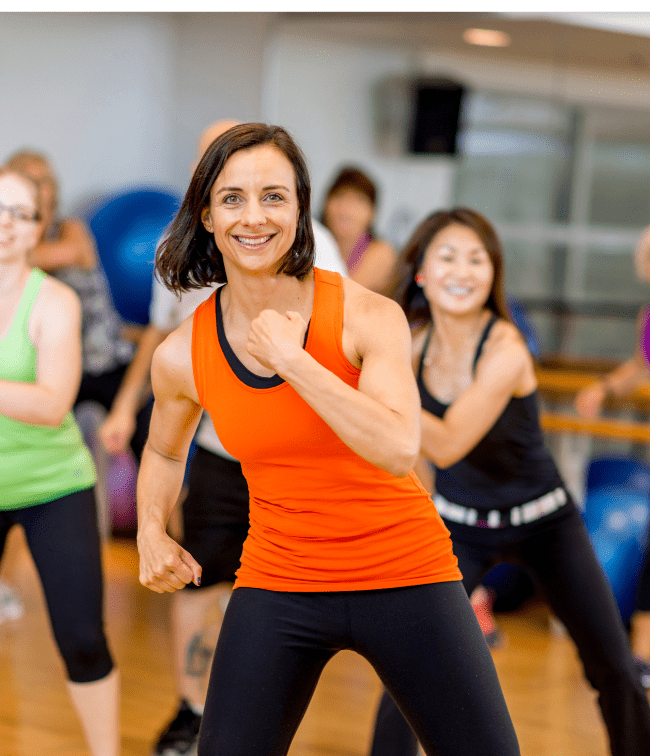
The Science of Exercise: Exploring the Physiological and Biomechanical Aspects of Fitness
Exercise is an integral part of maintaining a healthy lifestyle and achieving fitness goals. While we often hear about the benefits of different types of workouts, understanding the science behind exercise can provide deeper insights into how our bodies respond to physical activity. In this blog post, we will delve into the physiological and biomechanical aspects of exercise. We’ll explore how various workout routines impact the body and the critical role that proper form and technique play in optimizing performance and preventing injuries.
Section 1: The Physiology of Exercise
To comprehend the effects of exercise on the body, it’s essential to understand the physiological changes that occur during physical activity. When we engage in workouts, whether it’s cardiovascular exercise, strength training, or flexibility exercises, our body systems respond dynamically to meet the increased demand for energy and oxygen.
During cardiovascular exercises like running or cycling, our heart rate increases to pump more blood and oxygen to working muscles. This enhanced circulation improves cardiovascular health, strengthens the heart, and increases lung capacity.
Strength training exercises, on the other hand, create micro-tears in muscle fibers. As our body repairs these tears, muscles grow stronger and more substantial, enhancing our overall strength and power. This process, known as hypertrophy, is essential for achieving athletic body goals.
Flexibility exercises, such as yoga or stretching routines, improve our range of motion by elongating muscles and connective tissues. This increased flexibility helps prevent injuries and enhances overall performance in various physical activities.
Section 2: The Role of Biomechanics in Exercise
Biomechanics, the study of how forces affect living organisms’ movements, is a crucial aspect of exercise science. Proper biomechanics ensure efficient and safe movement during workouts, reducing the risk of injury and optimizing performance.
Maintaining correct alignment and form during exercises is vital to prevent excessive strain on muscles and joints. For example, in strength training exercises like squats or deadlifts, proper technique ensures that the load is distributed appropriately, targeting the intended muscle groups while protecting the lower back and knees.
Biomechanics also play a significant role in enhancing athletic performance. Understanding how different movements affect force production and energy transfer can help athletes refine their techniques for activities like sprinting, jumping, or throwing.

Section 3: Impact of Different Workouts on the Body
Different types of workouts impact the body in unique ways, offering distinct benefits for overall fitness. Cardiovascular exercises improve cardiovascular health, boost endurance, and help with weight management by burning calories. They also release endorphins, which contribute to improved mood and reduced stress.
Strength training exercises build lean muscle mass, increase bone density, and boost metabolism. As muscles grow stronger, the body becomes more resilient to injury, and daily activities become easier to perform.
Flexibility exercises increase joint range of motion, reduce muscle stiffness, and enhance posture. Incorporating flexibility training into workout routines can improve athletic performance and prevent overuse injuries.
Section 4: The Importance of Proper Form and Technique
Maintaining proper form and technique during exercise is vital to maximizing the benefits of workouts and minimizing the risk of injuries. Incorrect form can place excessive stress on joints, ligaments, and tendons, leading to pain and potential long-term damage.
Personal trainers and fitness experts emphasize the importance of learning proper form from the beginning and continually practicing correct techniques. They often provide feedback and adjustments to ensure clients perform exercises safely and effectively.
Additionally, proper form ensures that the intended muscle groups are targeted during exercises. This precision allows individuals to achieve their athletic body goals more efficiently by effectively engaging the muscles they want to develop.
Understanding the science of exercise, including its physiological and biomechanical aspects, provides a solid foundation for achieving fitness goals. By tailoring workouts to target specific physiological adaptations and prioritizing proper form and technique, individuals can optimize their performance, prevent injuries, and enjoy the long-term benefits of a healthy and active lifestyle.






